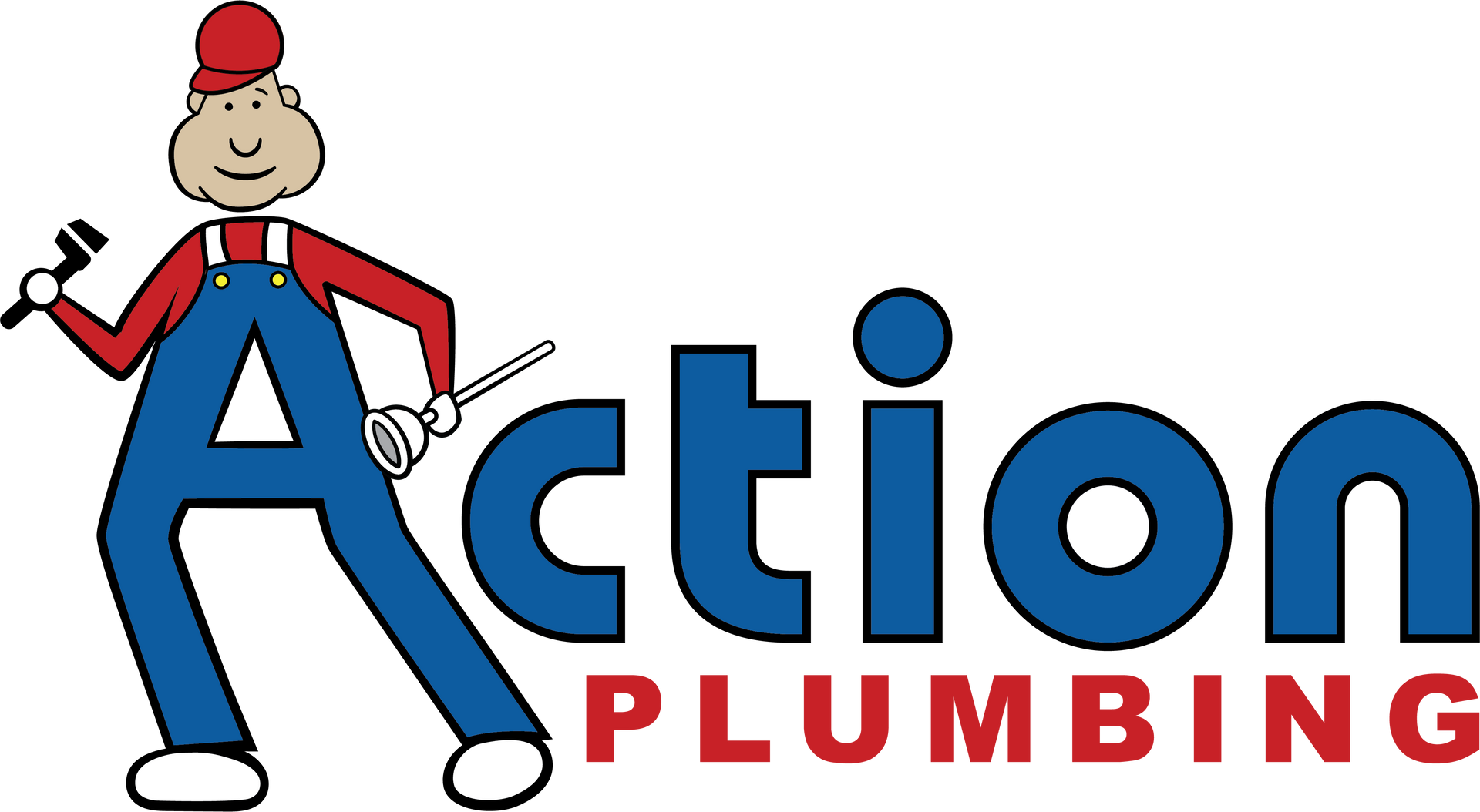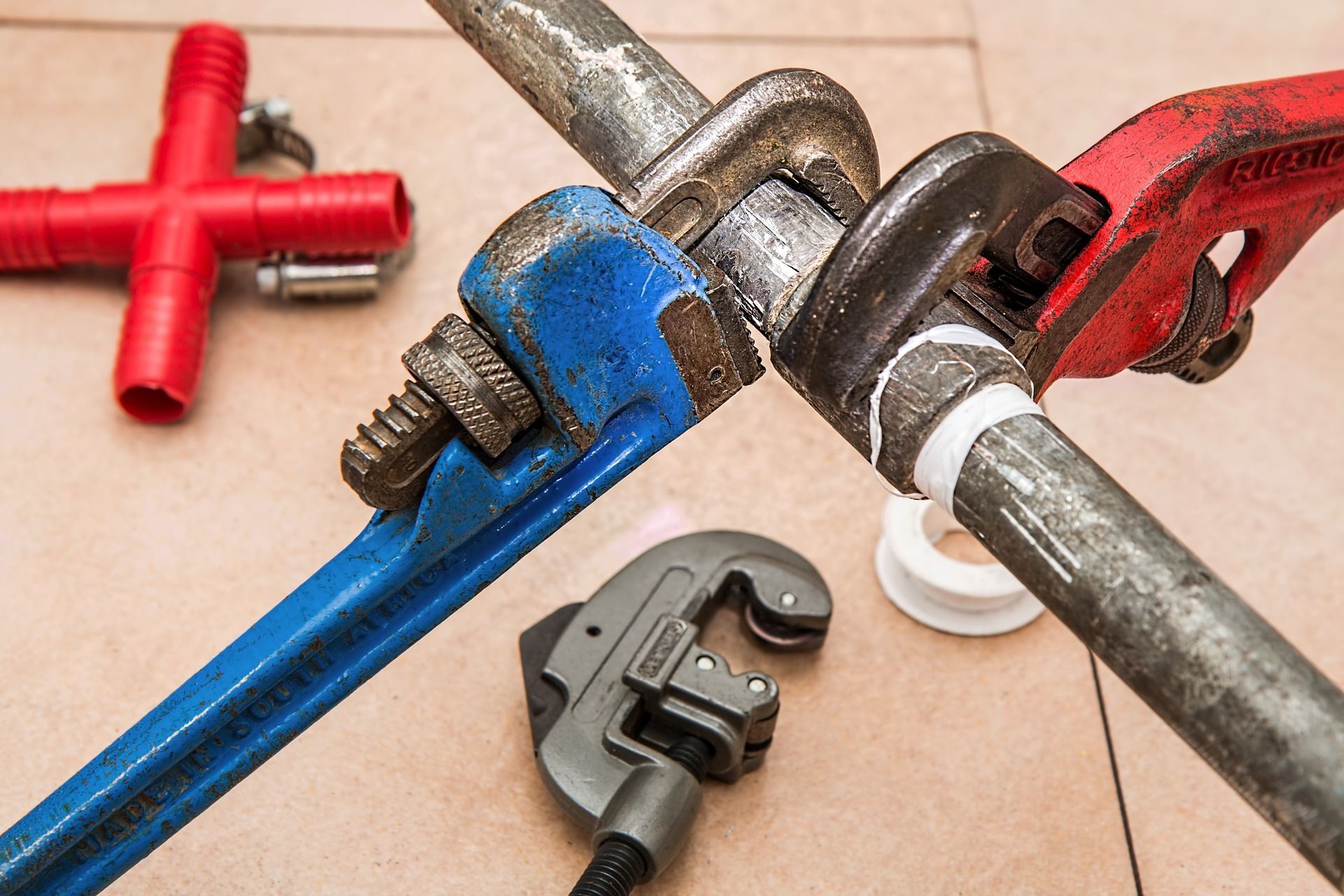Plumbing Services for Lawrence, Ks
From installation to repair – we do it all!
We provide a variety of plumbing services to meet any residential or commercial plumbing needs.
HOW TO MAINTAIN YOUR SUMP PUMP
Test your Sump Pump

To test your pump, simply fill a bucket with water and pour it into the sump basin. If the pump activates automatically and begins removing water from the well, you're in good shape.
Check your Sump Pump's position

A pump that runs nonstop—or a pump that never runs at all-could signify that its position has shifted. Check that your pump is sitting in an upright, level position and is free of obstructions.
Clean the Inlet Screen

Use a toothbrush and water to clean it every four months to prevent blockage. You'll need to clean it more frequently if you also use your sump pump to get rid of discharge from your washing machine.
Deep clean your Sump Pump

Disconnect your pump from its power supply and discharge pipe.
Then, remove it from the sump basin and rinse off dirt and debris with a hose.
Inspect the Discharge Line

Your sump pump's discharge line helps remove water from your pump outside. Like so many other machine parts, debris or small objects can block your water flow. Check it for any blockage and leakage annually.
Examine the Discharge Location

Next, ensure that your water is being discharged to the proper location.
The excess water from your sump pump should flow downline, at least 20 feet away from your home, and away from other sewer systems.
Invest in a Backup

Most sump pumps run on electricity, and in the case of a power outage due to bad weather, you could be left with a sump pump that's not work-ing. To avoid this, invest in a battery- or water-powered backup sump.
Check the Power Source

Most units use a GFCI outlet, which is designed to shut off during a power surge. Test your outlet once a year; just trip it by pressing the reset button. Also, unplug your float switch and the power cord to reset them. Inspect your cord for damage and replace it if needed.






